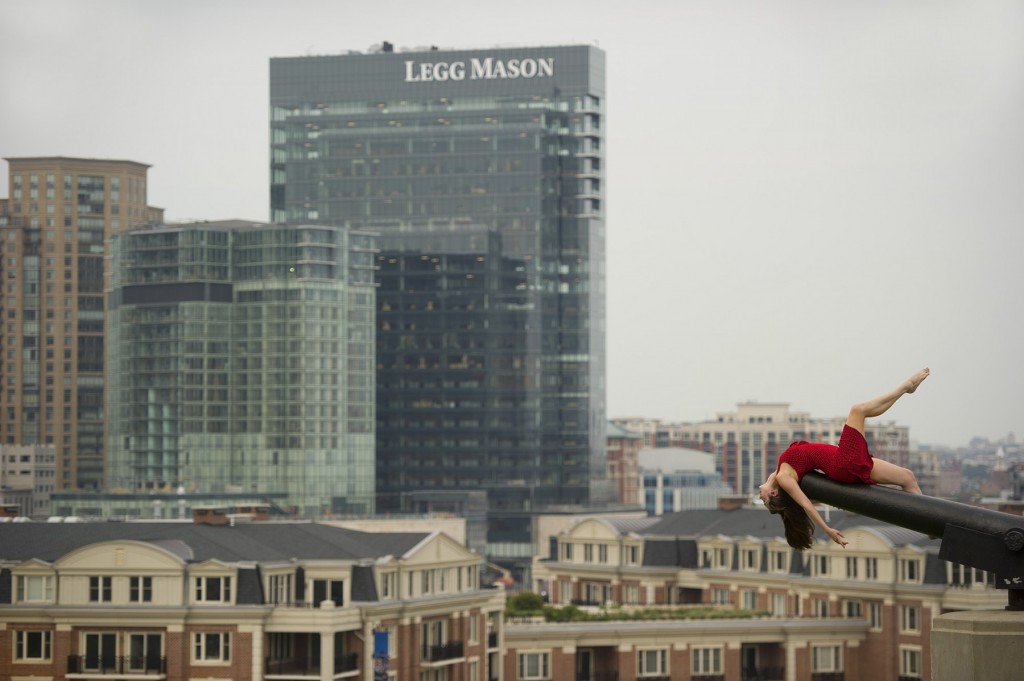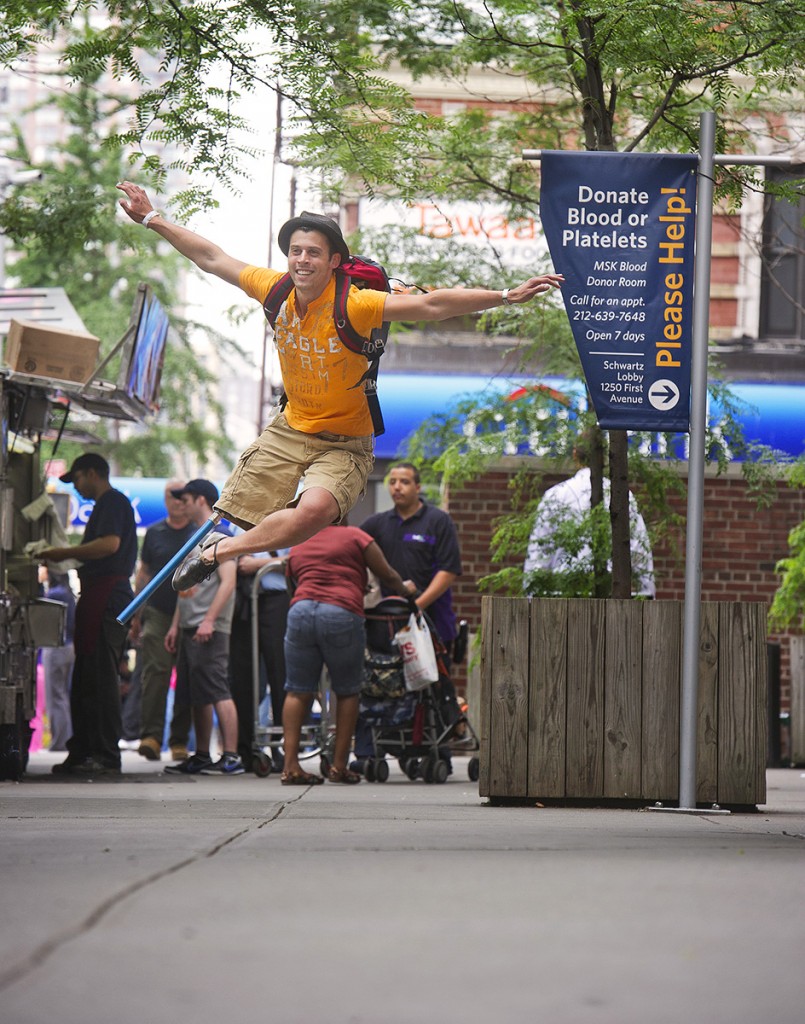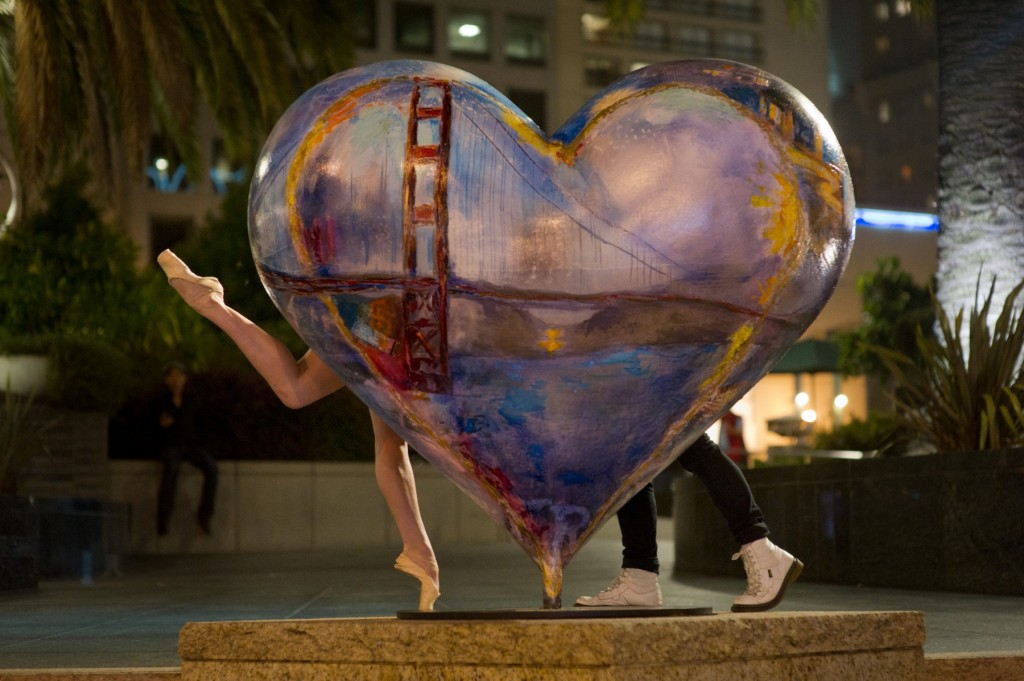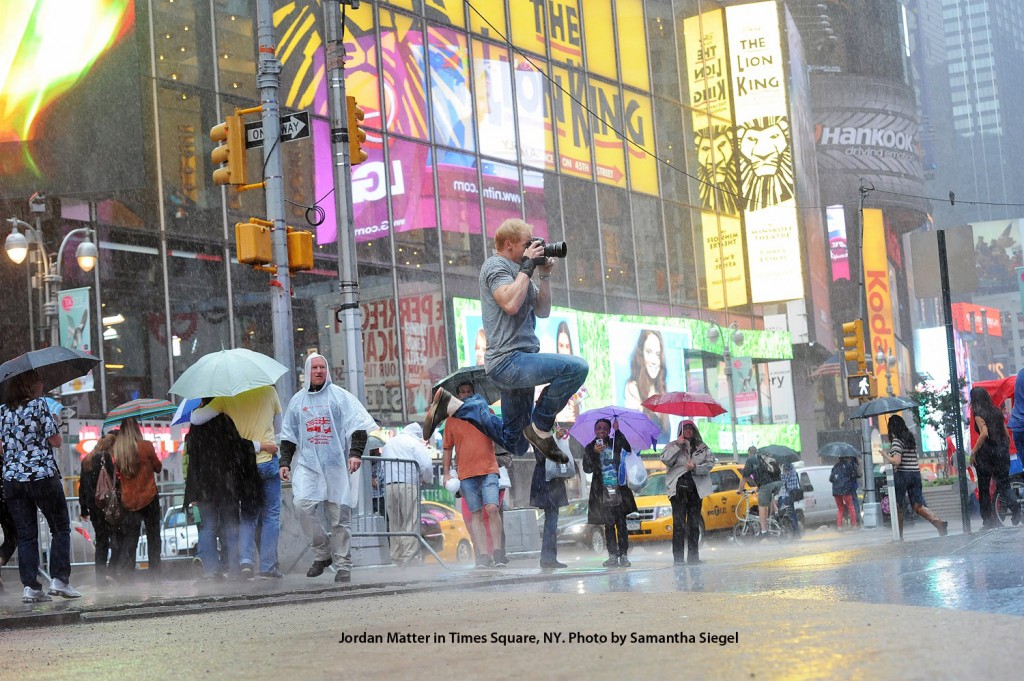Today I’m excited to introduce Amanda McAlpine, author of ballet and social media blog, 2PointeSocial..

1. Can you tell readers a bit about your background in dance?
I am originally from New Hampshire, and received the majority of my training from my mentor and artistic director, Doreen Cafarella at Northern Ballet Theatre Dance Centre (formerly Granite State Ballet School). I really credit Ms. Cafarella for pushing me to the next level and encouraging me to participate in Youth America Grand Prix and the ABT summer intensive. While I was training with the school, I also had the honor of dancing Apprentice roles with the professional company in the early 2000s. Upon graduation from high school, I continued to dance at Emerson College in Boston. I came from a ballet-focused background, so I was able to gain more experience in other styles of dance including modern and musical theater (and I even got to sing!) One of the most fun performances in college was performing the Lonely Town pas de deux in the spring musical, “On the Town.”
After gaining a couple of years of professional marketing experience, I moved out to Chicago to explore the dance scene here. There’s a ton of performances to see all the time and it’s a wonderfully supportive dance community. I also began working at The Joffrey Ballet last September shortly after I moved here, so I still take classes at the Joffrey Academy from time to time and try to keep dance in my life as much as possible…which is part of the reason I began my blog. 🙂
2. When did you begin your blog—and why did you start it? [Read more…]













